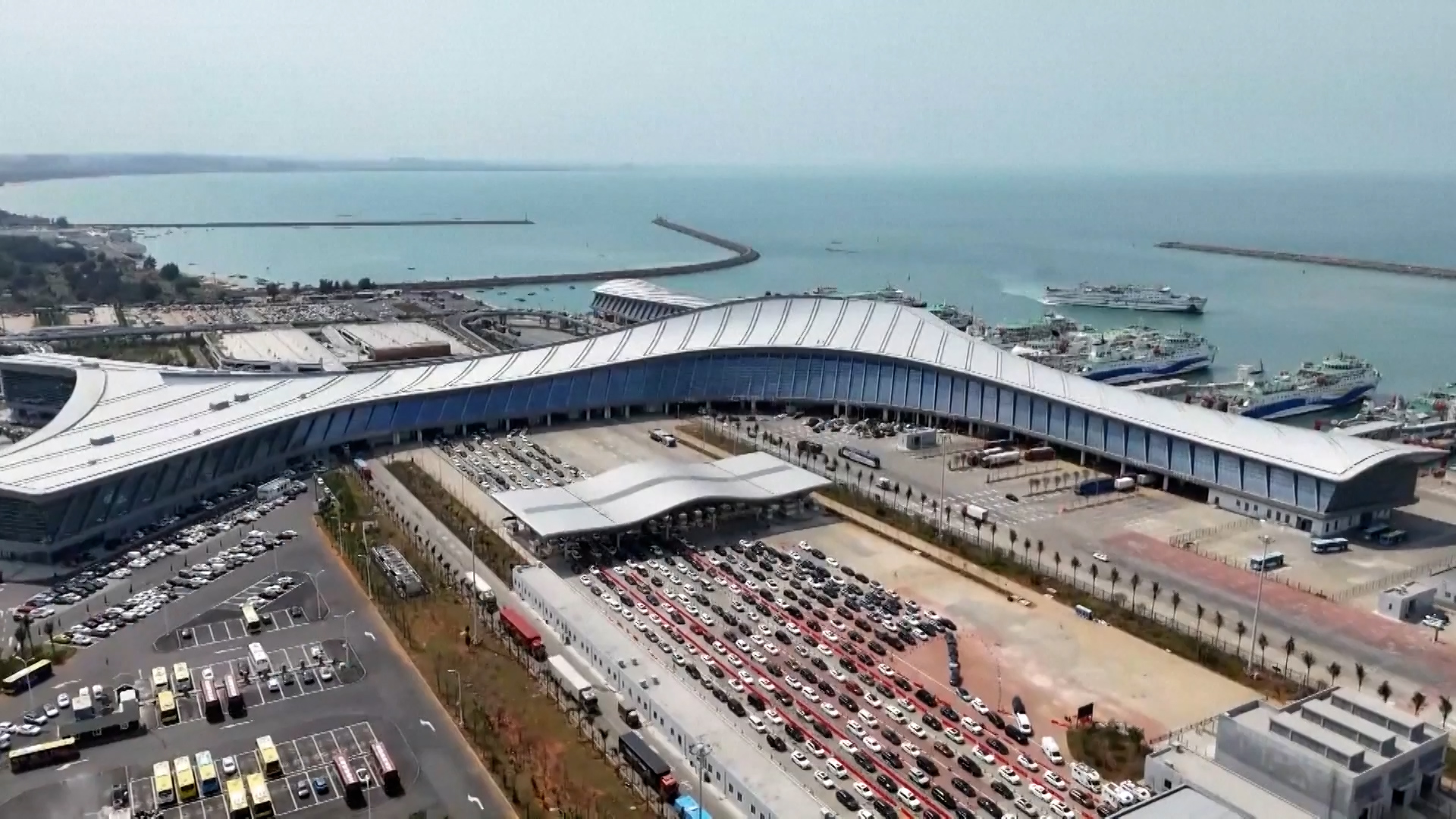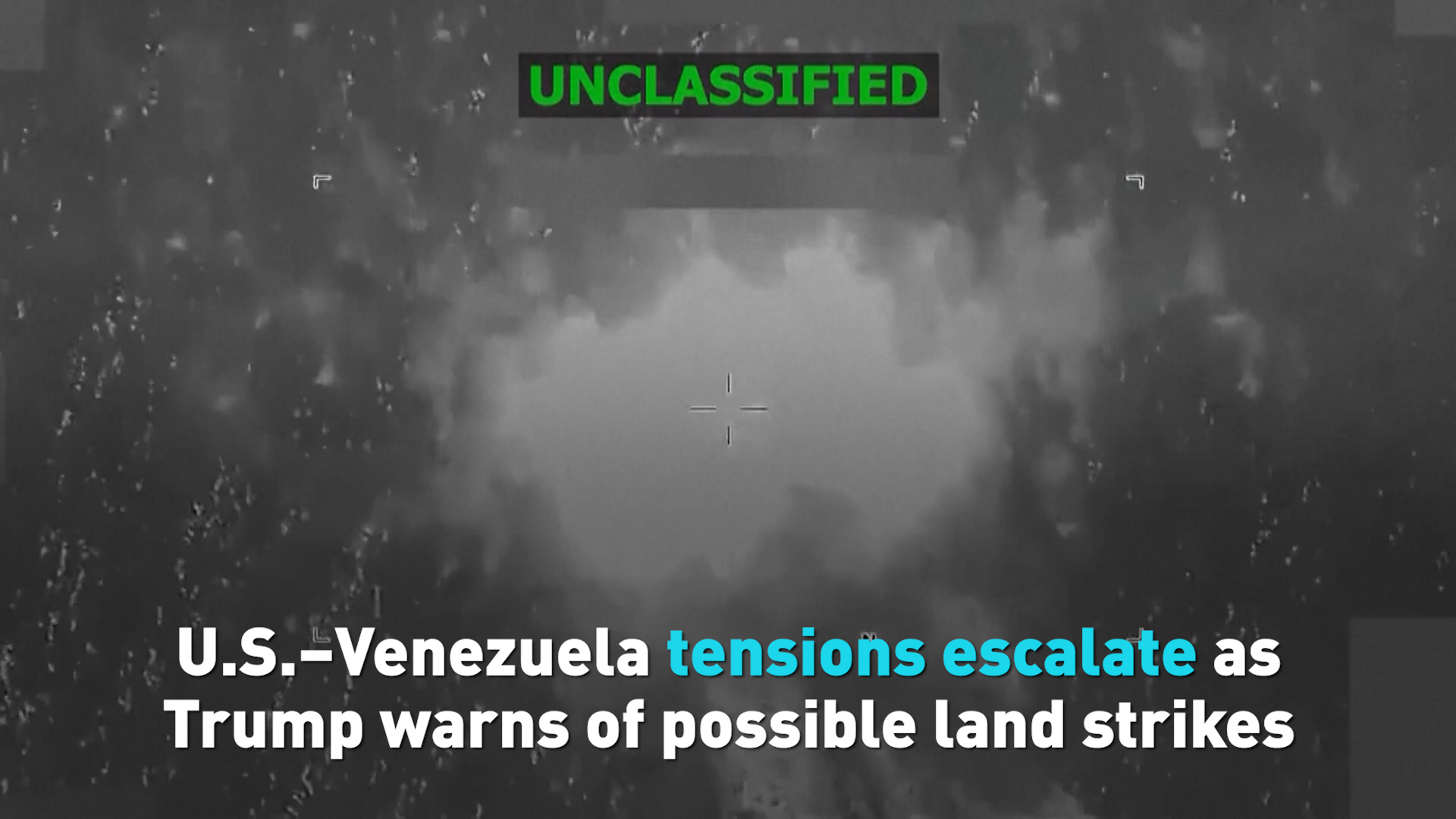Tensions Rise as U.S.-Iran Confrontation Poses Global Economic Threat; China’s Energy and AI Advancements

The Hormuz Strait Tensions and Global Response
The Strait of Hormuz, a crucial chokepoint for the global oil supply, is once again at the center of geopolitical tensions. United Daily News reports that the United States has called on Beijing to intervene and halt Iran's threats to close the Strait. The strategic waterway sees about 20% of the world's oil shipments, and its blockage would severely disrupt global energy stability. Moreover, the U.S. airstrikes on Iranian nuclear facilities—intensifying after Iran threatened a blockade—illustrate an active, albeit tension-filled, channel seeking deterrence.
Key stakeholders, including China as Iran's largest oil customer, are urged to mediate, reflecting a complex web where economic dependencies interweave with geopolitical ambitions. American officials have warned that a prolonged closure could cause oil prices to skyrocket, potentially reaching $100 per barrel, which would create a domino effect in global markets.China's UN representative critiqued the U.S. for actions perceived as aggressive, underscoring the multifaceted nature of international relations in this volatile juncture.
U.S. Military Strategy and Tactical Operations
Details on the military actions by the United States shed light on their strategic implementation. A meticulously planned operation, dubbed "Operation Midnight Hammer," involved B-2 bombers alongside numerous refueling aircraft in a display of logistical prowess, according to United Daily News. Descriptions of stealth tactics—a combination of decoy measures and strategic bombing runs—highlight the operational finesse of the United States military.
Notably, the Pentagon has released videos of the successful completion of these missions, portraying not only military strength but also attempting to quell domestic and international concerns about capability and readiness. Meanwhile, Iran's lack of response with their air defenses during the strikes indicates either unpreparedness or strategic restraint, possibly to avoid direct confrontation with far-reaching ramifications.
Economic Fallout from the Strait Closure
The mere threat of the Strait's closure has already impacted oil futures, as economic analyses from the United Daily News suggest. Concerns of disruptions have led to brisk price hikes, though some experts point out that the actual likelihood of a complete blockade is low; rather, it is the 'psychological warfare'—with tactics like boat searches—that could become Iran's real tool, potentially extending shipping times and, consequently, costs.
Furthermore, analysts from CNN have described potential scenarios where oil prices could surge past $130 a barrel if supply lines remain choked, with an anticipated drop in global GDP growth. Allegations that market estimates underestimate the crisis's fallout reflect the broader anxiety pervading financial circles. Meanwhile, the volatility serves as a stark reminder of how geopolitical dynamics can sway economic landscapes.
Shanghai as a Global Exhibition Hub
In recent developments, Shanghai strengthens its position as an international exhibition powerhouse, hosting 41 UFI-certified events, securing top distinction globally. Established in 1925, the Global Association of the Exhibition Industry (UFI) sets rigorous standards, and certification is a hallmark of excellence in exhibition quality. Shanghai's ambitious goal to become a global exhibition capital by 2045 is being actively pursued, marking its rise in quality exhibition economics (The Paper).
The focus on creating a high-caliber exhibition economy reflects broader strategic intentions to link Shanghai with global commerce and culture, benefiting local industries and tourism. This trend is pivotal as global trade and economic revival face hurdles, positioning Shanghai's exhibitions as a bridge for global connectivity. This alignment aids in diversifying economic threads through robust domestic agendas as portrayed by The Paper.
Building a Cultural and Ideological Nexus
Shanghai emerges as a dynamic platform under President Xi Jinping’s cultural and ideological vision, immersing everyday life with Communist values and cultural innovation. Through vibrant activities and educational programs, the Chinese Communist Party's ethos is interwoven into the city's fabric, creating resonant stories of nationalism and innovation that engage both the young and older generations (The Paper).
Fostering awareness around traditional culture and historical roots, Shanghai uses localized storytelling and digital platforms to educate and inspire. This initiative effectively binds historical narratives with modern ideologies, positioning Shanghai as a cultural beacon not only domestically but also globally, reshaping cultural diplomacy and international perceptions.
Renewable Energy: Innovations in Storage
China reaches a significant milestone in energy storage with the launch of a novel storage project integrating multiple advanced technologies, namely vanadium redox flow and flywheel systems. The 101MW/205MWh compound energy station, positioned in Shandong province, marks a leap towards the country's cleaner, efficient energy goals, overcoming reliance on imports for energy storage technologies (Sina).
This project symbolizes China’s shift toward an integrative, sustainable energy roadmap, fostering global interactions centered around eco-friendly technology. By enhancing grid stability and efficiency, it acts as a catalyst for China’s renewable energy commitments under international climate frameworks.
Advancements in Defense and Civil Industry Markets
Sina recently reported on the military and civil industries continuously deepening their footprint, particularly focusing on technologies like intelligent sensors and high-end manufacturing tools. Noteworthy are the successful bids by key industry players such as the Microsystems Institute and military-contractor Rui Te, underscoring China's defense technology advancements and its intrinsic synergy with civil technologies (Sina).
This trend highlights sophisticated integration of high-tech innovations across civilian and military spheres, bolstering China’s market influence and strategic autonomy. Additionally, projects in aviation infrastructure, like those at Aksu Airport, signify strategic enhancements in regional connectivity and economic growth.
Transforming Coal: From Fuel to Material
China achieves a groundbreaking conversion of coal into a crucial material—hard carbon used in battery anodes. This is the nation's inaugural large-scale coal-based production for hard carbon, reducing dependency on imports and enhancing self-sufficiency in high-tech industries. The coal-derived hard carbon is set to enhance lithium-ion battery production, an effort aligning with China’s broader goals in new energy vehicles (Sina).
This technological advancement anchors a substantial pivot in utilizing domestic resources for high-value outputs, opening new doors in the sustainable technology and material space. The global implications are significant as China asserts itself as a leader in redefining coal's role in advanced industrial applications.
Test Run of the Wuhan-Jingmen High-Speed Railway
The recent test of the Wuhan-Jingmen High-Speed Railway took place on June 18th, marking a significant step forward in China's infrastructure development. Departure was from Wuhan East Station to Jingmen West Station, involving a comprehensive trial run that tested track conditions, communication, and signal systems.
As a part of China's "Eight Vertical and Eight Horizontal" high-speed railway network, this line aims to expedite transportation between Wuhan, Jingmen, and Jingzhou. Its introduction is poised to establish a two-hour metropolitan circle, enhancing economic integration and connectivity within Hubei province.
The narrative here is one of progress and connectivity, aligning with state goals to bridge regional gaps and foster urbanization. The coverage by Sina News suggests a focus on national pride and infrastructural ambition.
China Petroleum's "Oil to Farm" Service
China Petroleum's new initiative involves a novel "Oil to Farm" service, delivering agricultural fuels directly to fields across multiple provinces. This represents a move towards enhancing rural supply chains and energy accessibility.
Sina reports a strategic coordination effort with agricultural machinery associations to streamline this logistics service. The initiative underscores an attempt to strengthen rural economies by ensuring timely delivery of essential resources, facilitating the agricultural production that is so critical to China's food security.
The narrative appears consistent with China's broader objectives of rural rejuvenation and equalizing development efforts. It reflects governmental alignment towards supporting agricultural sustainability.
Solar Power Ventures in Chinese Waters
In Shandong's Yellow Sea, China's first full-scale offshore solar power project is operational. This sees China expanding its renewable energy footprint by exploiting maritime spaces, which present a promising yet challenging frontier.
Sina highlights the deployment of innovative solar components across a vast maritime area, likened to the size of multiple soccer fields. The environmental benefits, such as reducing coal consumption and emissions and extensive generation capacity, imply a positive ecological and economic impact.
This initiative aligns with China's "dual carbon" goals, representing a strategic push towards sustainable energy. By developing offshore solar energy, China signals to the world its commitment to environmental leadership and technological innovation.
Progress in Domestic GPU Development
In the recent surge of technological advancements, Chinese tech company Pengsuankeji is making headlines with its development of the first 6nm high-performance GPU chip, the G100. Published by Tencent News, they highlight the journey of this milestone. The G100, utilizing a novel TrueGPU architecture, aims to benchmark leading tech like the NVIDIA RTX 4060. However, according to early testing under the OpenCL standard, the G100's performance has only matched that of NVIDIA's GTX 660 Ti from 13 years ago. While this might seem like a setback, it’s crucial to understand the context. The G100's current iterations are early-stage samples and may suffer from suboptimal driver and software integration. Yet, the cultural narrative around this development is significant as it positions China’s self-sufficiency in tech advancement, diverging from reliance on foreign tech giants. Furthermore, such endeavors are about laying the groundwork for future architectural innovation rather than immediate commercial dominance.
Guidelines for Intelligent Society Governance
In parallel with hardware advancements, China is advancing towards a more standardized approach to societal management with artificial intelligence. According to Xinhua, the Chinese government has released the "Guidelines for Intelligent Society Development and Governance (2025 edition)". These guidelines emphasize harmonizing technological progress with societal values, stressing inclusivity, responsibility, and individual rights protection. The goal is a socially sustainable future facilitated by intelligent technologies. This policy underscores the strategic foresight of integrating AI into the societal fabric, ensuring that as technology propels innovation, it concurrently fosters societal advancement and cohesion. The intertwining of technology and social governance is crucial, acting as a reminder that technological progress should not come at the expense of ethical implementation and human welfare.



